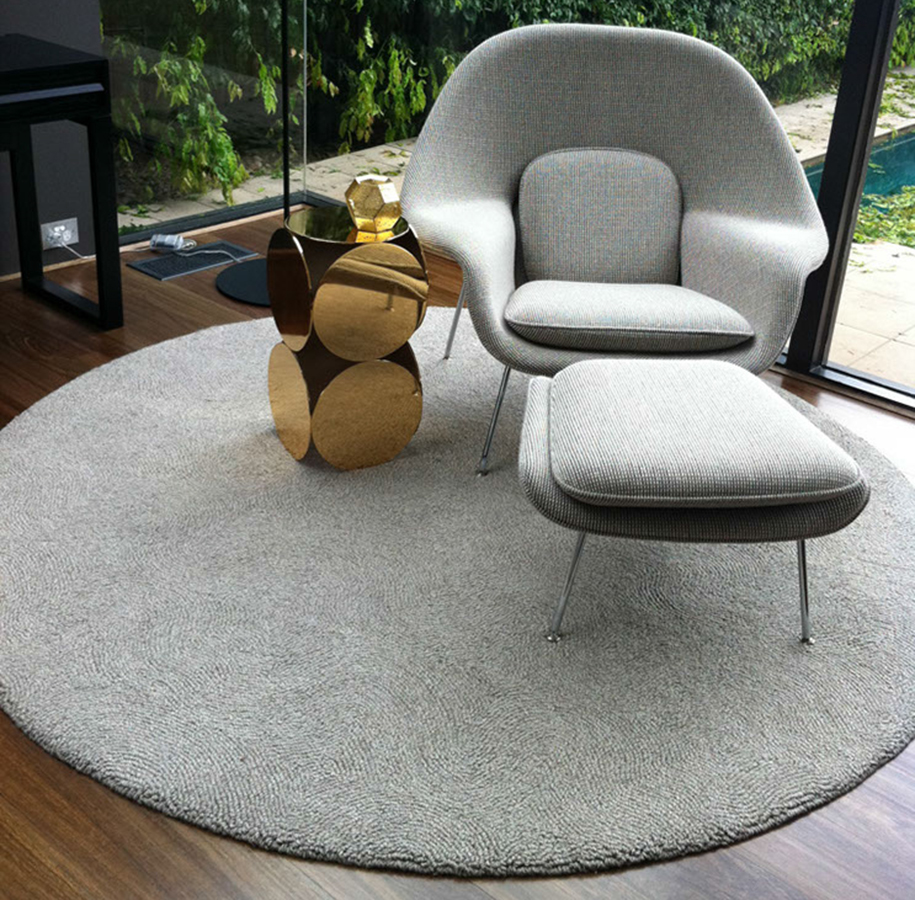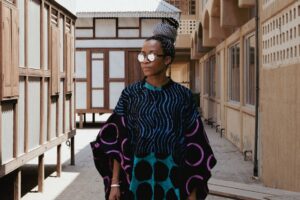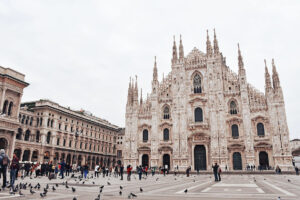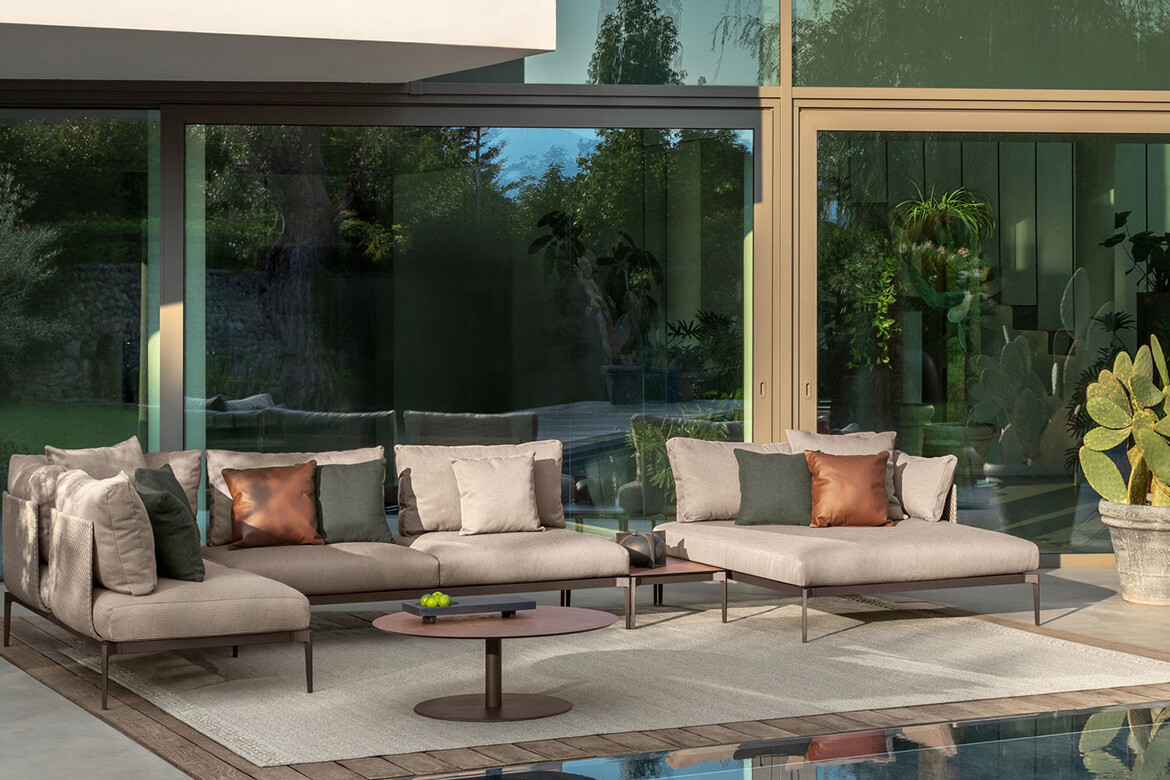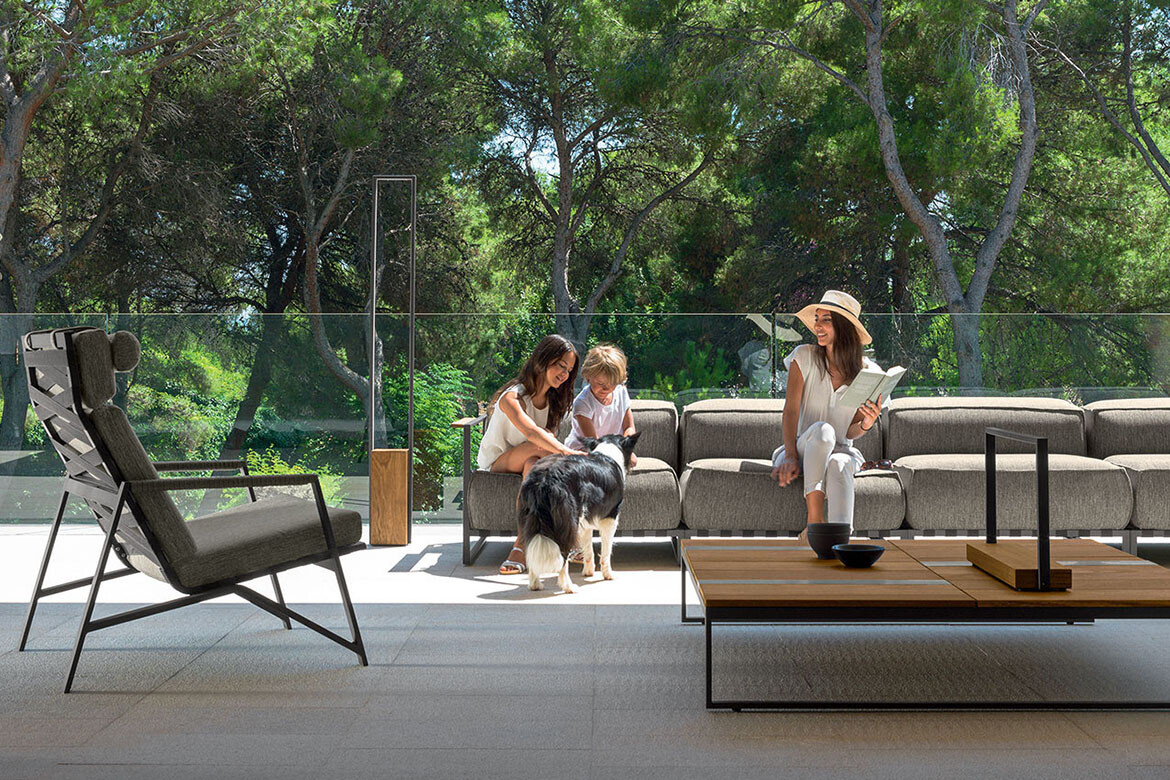Colour, texture, detailing – they’re all design elements that come into play when you’re choosing the right rug for your space. Depending on what you’re after, there are two main rug types – hand knotted and hand tufted – that will deliver the unique look and quality that you’re looking for.
“Generally speaking, hand knotted is a very bespoke rug-making approach,” says Jack Malka, founder and owner of RC+D. “Hand knotted rugs have a sophisticated and beautiful worn-in look to them that comes from a labour intensive making process which results in an extremely high level of accuracy and detail.”
Hand tufted rugs, by comparison, are characterised by their sharp, clean, modern look borne from a part-hand, part-mechanised making process.
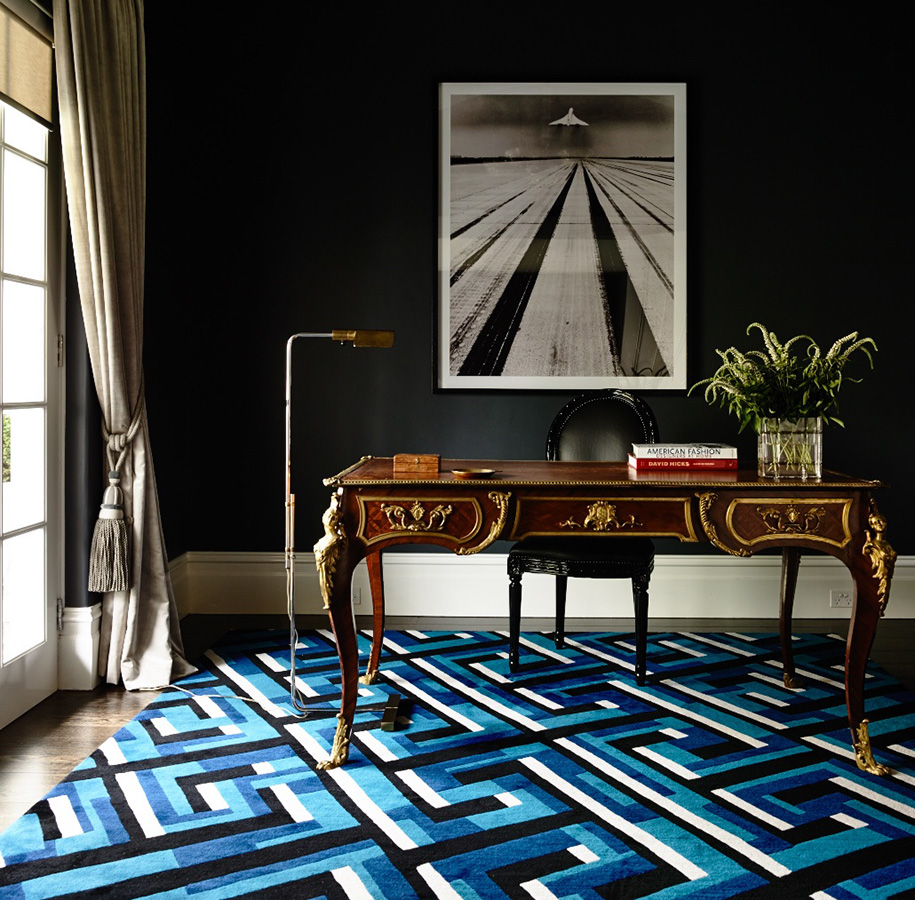
To construct a hand knotted rug is a labour-intensive process. The weaver works with weft and warp, knotting each thread to fill up the carpet, and as part of the process, create the design. As is the case with anything handmade, the mark of the maker is left through beautiful, individual characteristics. Every weaver can knot only 8cm in height a day, meaning the rug grows slowly, over a period of 6 – 8 months (depending on size).
With the knotting completed, the maker then soaks the carpet in a special concoction of chemicals, scrubbing and washing the rug to give it a particular look and finish. The washed rug will have (to varying levels) a beautiful sheen, as well as a soft aged look. “It’s like a good scotch – the more you distil it the more refined it is,” comments Jack.
You should also look out for the pile, Jack says. “In hand knotted rugs, all the pile leans towards one direction; you can run your hand from one side to the other”, and like velvet, your hand will leave a light or dark toned impression.
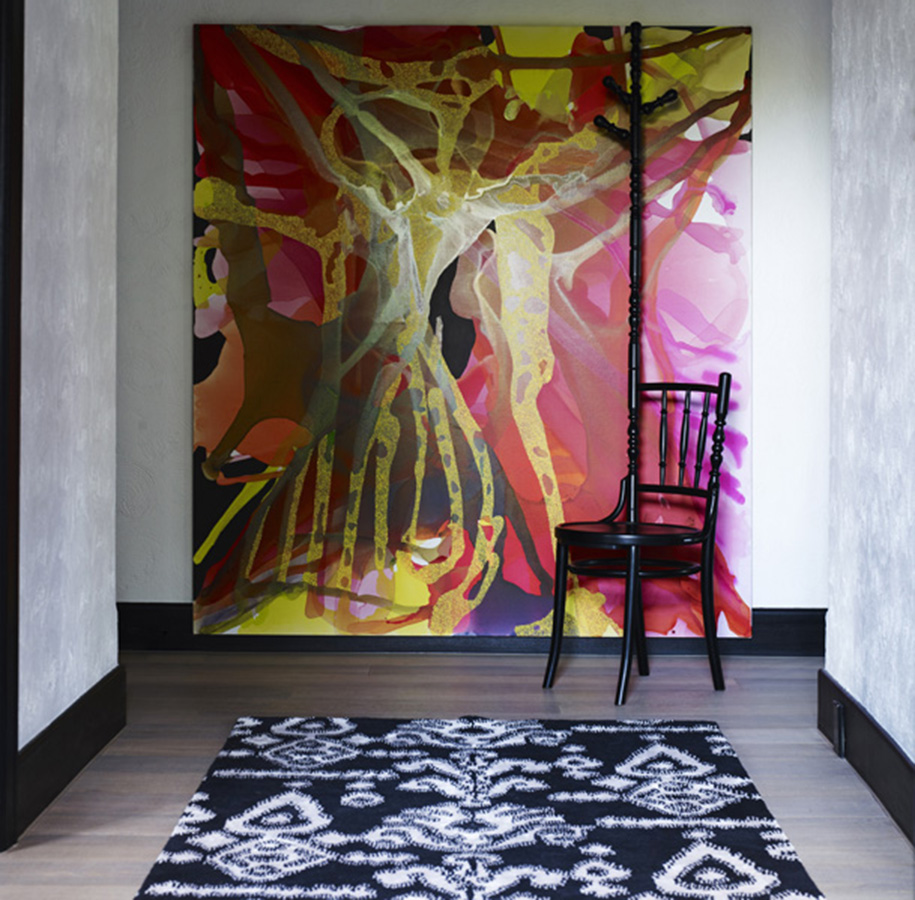
Producing a hand tufted rug is not quite as labour intensive – making it a popular choice for short lead-times and complex project requirements. The process is partly mechanised using a drill with needle tip, threaded with four-to-five threads. These are woven onto the weft in a u-shaped tuft. These u-shaped tufts follow the line of the stitch, filling the carpet to create a very accurate shape, size and design.
You can also easily tell the difference between a hand tufted and hand knotted rug, simply by looking at the carpet’s backing. A hand tufted rug is backed with latex, glued to hold the tufted fibres in place. A hand knotted rug remains un-sealed – the knotted handiwork easily seen when you flip the rug over.
“Hand tufted rugs also have a more modern look,” says Jack. “You can achieve particular textures, and dimensional variety through the design of the rug.”
So whether it is bespoke and intricate handiwork you’re after (hand knotted) or modern glamour (hand tufted), one thing is for sure – the quality and attention to detail is top quality.
Photos: Hero, hand knotted rug in New Zealand wool, custom designed for Mim Design; top, Indian hand knotted rug in New Zealand wool, custom designed for Travis Walton; middle, Tibetan hand knotted rug in Himalayan wool and silk; bottom, ‘Manly’, a hand tufted rug in New Zealand wool, custom designed for Mim Design
Rugs Carpet and Design (RC+D)
rc-d.com.au



